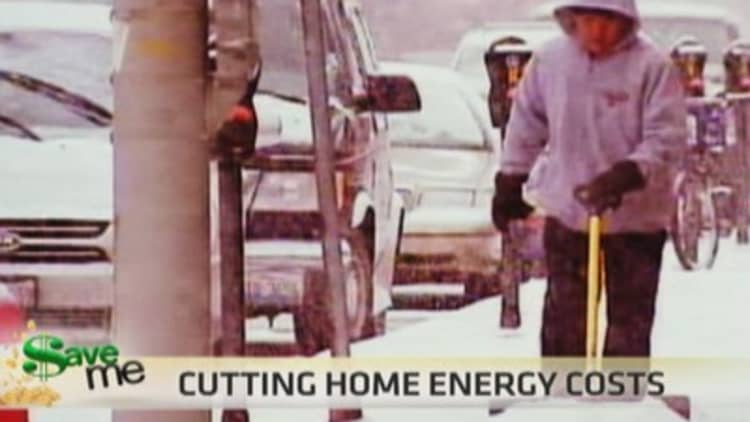
Winter heating bills may not leave you with much money to burn this year.
Average winter weather and slightly higher fuel prices push heating bills higher. Costs could be up as much as 18.3 percent, depending on where you live and how you heat your home, according to data from the Energy Information Administration:
Home Heating Oil
$2,046
Homeowners will pay 2.2 percent less than last year—but still face some of the highest bills for winter fuel.
Natural Gas
$679
That's 13.4 percent more than last year, but in line with the average over the past five years. Natural gas costs vary widely by region, however. People in the West will spend the least, with projected natural gas bills of $459 (up 7.1 percent), while those in the Northeast will pay the most, at $1,045 (up 18.3 percent).
Electricity
$909
Costs for heating with electricity are up 2.1 percent from last winter. Homeowners in the Northeast pay the most, with an average projected bill of $1,083, up 4 percent.
Propane
Costs are disparate enough that the EIA doesn't offer a national average. Homeowners in the Northeast can expect bills of $2,146 on average, up 10.6 percent. Those in the Midwest will pay $1,453, up 9 percent.
The first step to cutting your bill: Make sure your home is heating efficiently. Some utilities offer free or low-cost home energy audits that can help you find trouble spots. Federal tax credits and utility rebates may help cut the cost of pricier fixes such as adding insulation or buying a new furnace.
—By CNBC's Kelli B. Grant. Follow her on Twitter @kelligrant



